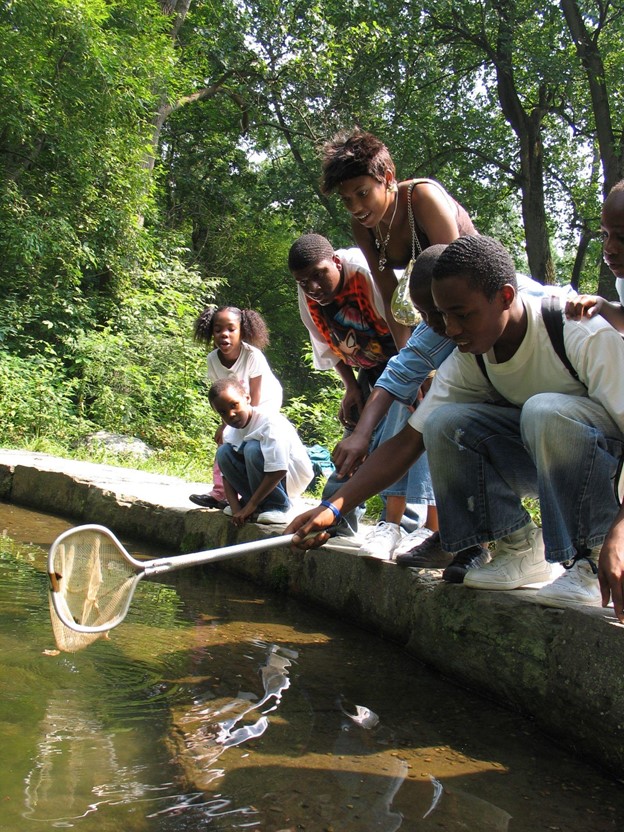By Mike Weilbacher, Executive Director
Beer, wine, scotch, tequila, even sake all have at least this in common: they come from plants. In her wonderful book The Drunken Botanist, Amy Stewart explores the dizzying array of flowers, trees, and fungi that we have transformed into alcohol over the centuries.
Join us at the Schuylkill Center on Thursday, January 16 at 7:30 p.m. for a special chat-and-sip event. We’ll talk about and read from the book, and Olivia Carb from Art in the Age of Mechanical Reproduction, that extraordinary Philadelphia distiller, shares their drinks like Root, Snap, and Rhubarb Tea, all…
Continue reading →


